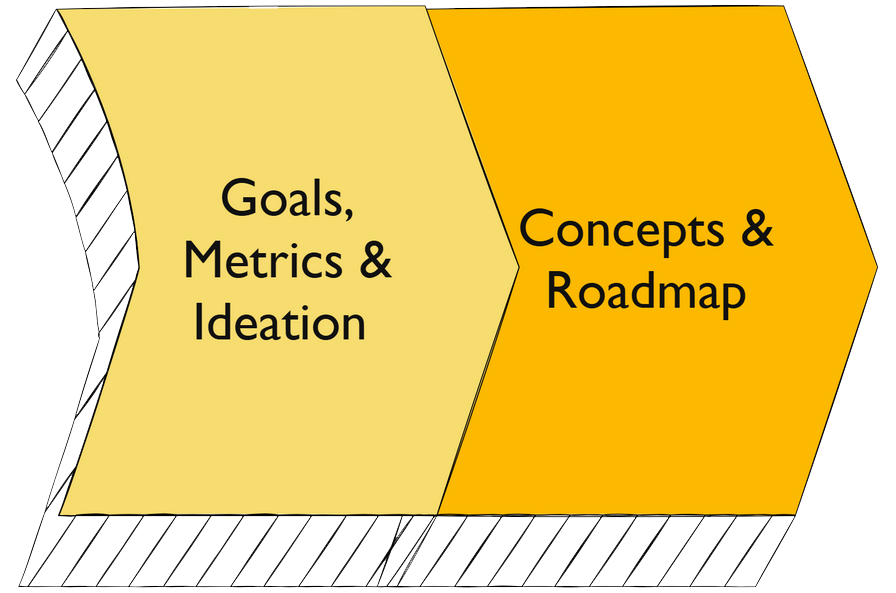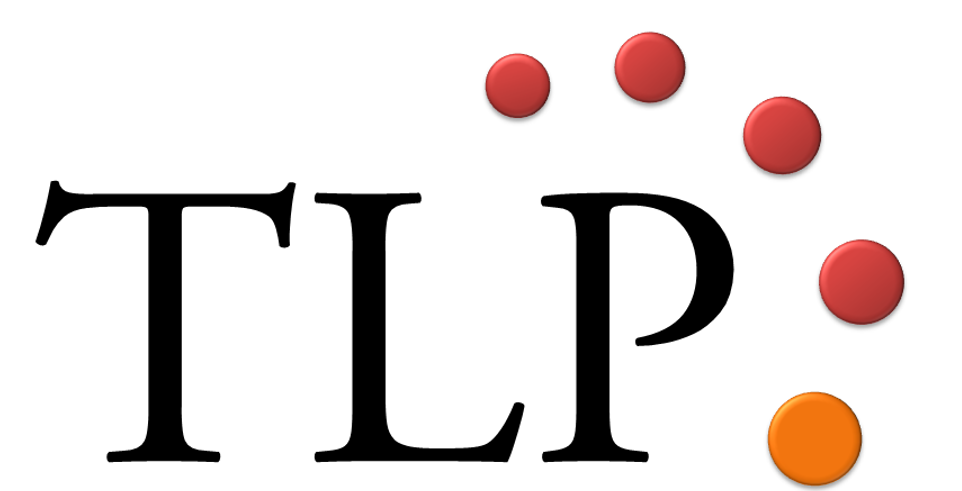
What is the Strategy Sprint?
The Strategy Sprint is a focused, two-day workshop designed to help teams quickly clarify their direction, define success, and choose the most impactful moves needed to achieve their goals. It helps turn “messy ambition into crystal-clear direction”. Conceived and refined by Jonathan Courtney and the AJ&Smart team, the Strategy Sprint evolved from a comprehensive three-week strategic process. It was developed to address a crucial gap: while the Design Sprint excels at product innovation and idea testing, there was a need for a robust, reliable, and tried-and-tested process specifically for high-level strategy and leadership alignment.
At its heart, the Strategy Sprint helps teams define a clear “North Star” – a shared, long-term goal that provides clarity and direction. It operates on core facilitation principles, including structure, silent working, time-boxed exercises, and visualizing concepts and conversations. Its key outputs include a clear long-term goal with measurable success metrics, a set of validated strategies (concepts), a simple roadmap showing major initiatives over time, and a strong shared feeling of direction and momentum within the team.The Strategy Sprint is designed to complement other innovation frameworks. It works brilliantly as a “front-end” or “gateway” workshop that can unlock bigger engagements, like the Design Sprint, by providing the initial clarity needed before diving into solution-oriented work.
Why You Would Use It?
The Strategy Sprint is a powerful tool for accelerating strategic alignment and decision-making, significantly reducing risk and paving the way for focused action. You would use a Strategy Sprint when:
- You need fast clarity and alignment from busy teams. It’s particularly useful when everyone has opinions that don’t match, or when alignment is urgently needed.
- The problem is known, but the plan for solving it is not clear. It provides a clear strategy, fast, replacing vague ideas with concrete commitments.
- You are facing high-stakes decisions where a wrong approach could carry significant risk. It helps surface real blockers before they derail everything, preventing “accelerated failure and waste” from bad strategy implemented at speed.
- You are starting a new project, launching a new product, or entering new markets and need clarity on direction. It’s also effective for building clear 6-24 month roadmaps or re-igniting a tired team that has lost its spark.
- You want to position yourself as a strategic partner rather than just an implementer. Companies are often willing to pay significantly more for strategy workshops, making it a powerful tool for increasing your professional leverage and generating more opportunities for future projects.
- You need to accelerate your sales cycle and increase close rates. By replacing traditional proposal cycles with a concrete, time-boxed workshop, deals can close in days or weeks instead of months.
Red flags that indicate a Strategy Sprint might be needed include:
- Lots of back-and-forth communication with an undertone of confusion and frustration.
- A strategy document longer than 15 slides, filled with vague verbs and lacking tangible actions.
- Multiple initiatives competing for the same limited resources.
- A change in leadership within the past 90 days.
- Low team energy, despite apparent progress.
- A general sentiment that “nothing is working”.
How It Works
A Strategy Sprint typically condenses strategic decision-making into a highly focused two-day workshop. It involves a team of 5-10 people, including decision-makers and subject-matter experts, and requires a dedicated facilitator. The workshop can be conducted in a physical “war room” with whiteboards and sticky notes, or remotely using a digital whiteboard like Miro or Figma. Here’s a breakdown of the typical two-day process:
Day 1: Align & Ideate
- Workshop Introduction: The session begins by setting the stage, outlining the two-day agenda, and establishing clear guidelines for collaboration, such as time-boxing everything, working alone together, going all in, and focusing on getting started rather than perfection.
- Long-Term Goal: The team collaboratively defines a clear, shared 2-year goal (their “North Star”). Participants individually brainstorm ideal future states, and the facilitator guides the team to pick one clear goal or combine elements from multiple goals through discussion and voting.
- Success Metrics: Once the long-term goal is set, the team defines how success will be measured by creating specific “As measured by…” statements. These metrics should be ambitious, specific, and clearly tied to the goal, ensuring tangibility.
- Lightning Demos: The team gathers inspiration by looking at how other brands, products, or companies have successfully entered markets or stood out. Participants research and note down examples, focusing on the product/brand name, the big idea, why it’s interesting, and key takeaways applicable to their own company.
- Concept Creation: The team turns the gathered inspiration into actionable strategy concepts. Each participant creates “one-page summaries” for potential approaches, including a catchy title, a clear hypothesis (“If we [do this], then [this will happen]”), and a simple 6-week action plan outlining the first and last steps, plus weekly actions.
Day 2: Decide & Plan
- Recap Day 1: The day starts with a brief recap of the previous day’s work, refreshing the team’s context and maintaining momentum.
- Concept Voting: Teams prioritize the most promising strategy concepts through simple voting rounds. A Straw Poll is conducted where each participant uses a large green dot to vote for their most believed concept and provides a quick explanation of their choice. The Decider then makes the final choice, typically selecting 3-4 concepts to pursue.
- Roadmap Creation: The chosen concepts are placed on a simple 6-12 month timeline to visualize when each initiative will likely start, helping the team see the big picture.
- Owners and first check-in dates are assigned to each initiative, and the Decider signs off on the final roadmap, locking in the guide for action.
- Wrapping It All Up: The workshop concludes by recapping the entire journey, acknowledging the team’s hard work, and establishing a clear follow-up process. This includes plans for sharing workshop outputs, scheduling regular progress check-ins, and communicating progress to stakeholders, ensuring the strategic direction translates into real-world results.
- A Strategy Sprint provides “clarity, focus, and commitment,” culminating in a plan that teams are excited to follow and which can be continuously tracked against a North-Star metric.

